Stylus for Touch Screens
Stylus for Touch Screens: In today's digital age, touch screens have become ubiquitous, found in smartphones, tablets, laptops, and even larger interactive displays. While the fingertip serves as the primary tool for navigating these interfaces, the stylus pen has emerged as a valuable accessory, offering precision, comfort, and additional functionalities. This article delves into the evolution and utility of stylus pens for touch screens, exploring their history, design features, applications across various industries, and the future of stylus technology.
A Brief History of Stylus Pens:
The concept of the stylus dates back to ancient civilizations, where scribes used sharpened reeds or sticks to inscribe symbols onto clay tablets or papyrus scrolls. Fast forward to the modern era, and the stylus has undergone a remarkable transformation, particularly with the advent of touchscreen technology.
The earliest stylus pens designed for touch screens were rudimentary, often resembling a plastic stick with a rubber tip. These early models lacked precision and sensitivity, limiting their practicality. However, with advancements in digitizer technology, stylus pens evolved to offer greater accuracy and responsiveness.
In the early 2000s, the introduction of capacitive touch screens revolutionized the stylus market. Capacitive stylus pens, equipped with a conductive tip, could interact with the screen's electrical field, enabling more precise input and gesture recognition. This development paved the way for the widespread adoption of stylus pens across various devices.
Design Features and Functionality:
Modern stylus pens boast a myriad of design features and functionalities tailored to meet the diverse needs of users. Key elements include:
Ergonomic Design: Stylus pens are ergonomically designed to provide a comfortable grip and reduce hand fatigue during prolonged use. Some models feature contoured grips or textured surfaces for enhanced control and stability.
Pressure Sensitivity: Many stylus pens offer pressure-sensitive technology, allowing users to vary the thickness or opacity of their strokes by adjusting the pressure applied to the screen. This feature is particularly advantageous for digital artists and designers seeking to replicate the nuances of traditional drawing and painting techniques.
Programmable Buttons: Some stylus pens are equipped with programmable buttons that can be customized to perform specific functions, such as undo/redo, zoom in/out, or accessing shortcut commands. This enhances productivity and workflow efficiency, especially in creative applications.
Palm Rejection: To mitigate unintended inputs while drawing or writing, certain stylus pens incorporate palm rejection technology, which allows users to rest their palms on the screen without interfering with the stylus input. This feature is invaluable for professionals working on intricate projects that require precision and accuracy.
Applications Across Industries:
Stylus pens have found widespread adoption across various industries, catering to the diverse needs of professionals and consumers alike. Some notable applications include:
Digital Art and Design: Stylus pens have revolutionized the field of digital art and design, enabling artists and illustrators to create intricate drawings, paintings, and graphic designs with precision and fluidity. The pressure sensitivity and tilt recognition capabilities of stylus pens simulate traditional art mediums, offering a seamless transition for traditional artists venturing into digital platforms.
Note-taking and Productivity: Stylus pens are invaluable tools for note-taking and productivity, allowing users to annotate documents, sketch diagrams, and jot down ideas directly onto their devices' touch screens. With features like handwriting recognition and voice-to-text conversion, stylus-enabled note-taking apps offer a seamless and efficient alternative to traditional pen-and-paper methods.
Education and Learning: In educational settings, stylus pens facilitate interactive learning experiences, enabling students to engage with digital content, solve problems, and collaborate with peers more effectively. Whether taking notes, completing assignments, or participating in virtual classrooms, students benefit from the tactile feedback and precision control offered by stylus pens.
Industrial and Technical Applications: Stylus pens play a critical role in industrial and technical applications, such as CAD (Computer-Aided Design), GIS (Geographic Information Systems), and engineering simulations. Engineers, architects, and technicians use stylus pens to manipulate complex 3D models, annotate blueprints, and conduct precise measurements with accuracy and efficiency.
The Future of Stylus Technology:
As touch screen technology continues to evolve, so too will the capabilities of stylus pens. Emerging trends and advancements in stylus technology include:
Enhanced Sensitivity and Precision: Future stylus pens are expected to feature even greater sensitivity and precision, thanks to advancements in digitizer technology and materials science. This will enable users to execute finer details and gestures with unparalleled accuracy, making stylus input indistinguishable from traditional pen and paper.
Integration with Artificial Intelligence: Stylus pens may leverage artificial intelligence (AI) algorithms to offer predictive capabilities and context-aware functionalities. By analyzing user behavior and input patterns, AI-powered stylus pens can anticipate user intentions, streamline workflows, and provide intelligent suggestions or corrections in real time.
Multi-modal Interaction: Stylus pens may evolve to support multi-modal interaction, allowing users to seamlessly switch between pen input, touch gestures, and voice commands depending on the context and task at hand. This versatility enhances user flexibility and productivity across a wide range of applications and devices.
Collaboration and Connectivity: Future stylus pens may incorporate wireless connectivity options, such as Bluetooth or NFC (Near Field Communication), to enable seamless collaboration and communication between multiple users and devices. This fosters greater creativity, teamwork, and synergy in collaborative environments, whether in the workplace, classroom, or creative studio.
In conclusion, stylus pens have evolved from simple writing implements to sophisticated tools that enhance creativity, productivity, and interaction with touchscreen devices. With ergonomic designs, pressure-sensitive technology, and programmable features, stylus pens cater to the diverse needs of professionals, students, and consumers across various industries. As touch screen technology continues to advance, the future of stylus pens holds exciting possibilities, with enhanced sensitivity, AI integration, and multi-modal interaction poised to redefine the way we interact with digital content and devices. Whether sketching a masterpiece, taking notes in a lecture, or designing the next engineering marvel, the stylus pen remains an indispensable companion in the digital age.
Also Read -



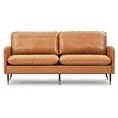
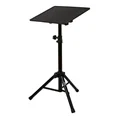

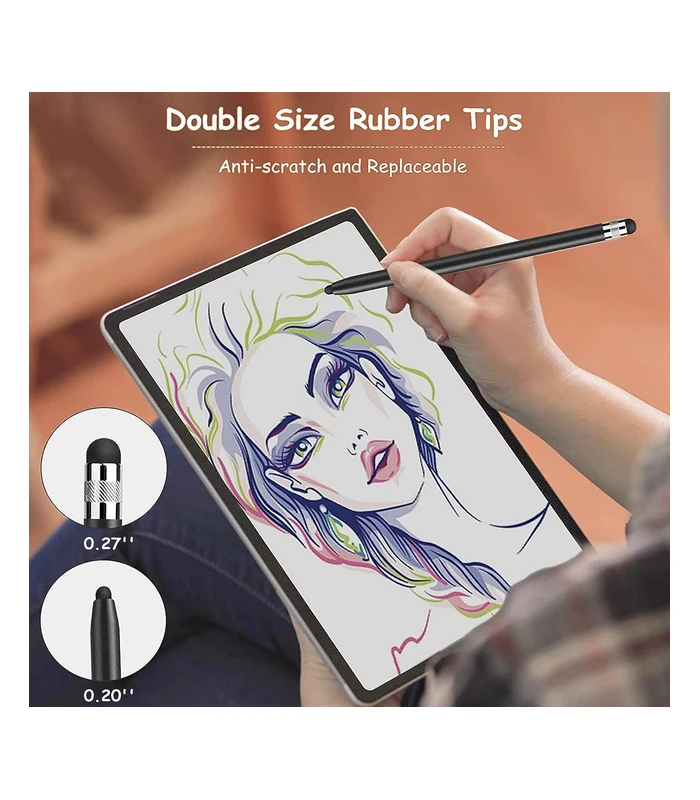
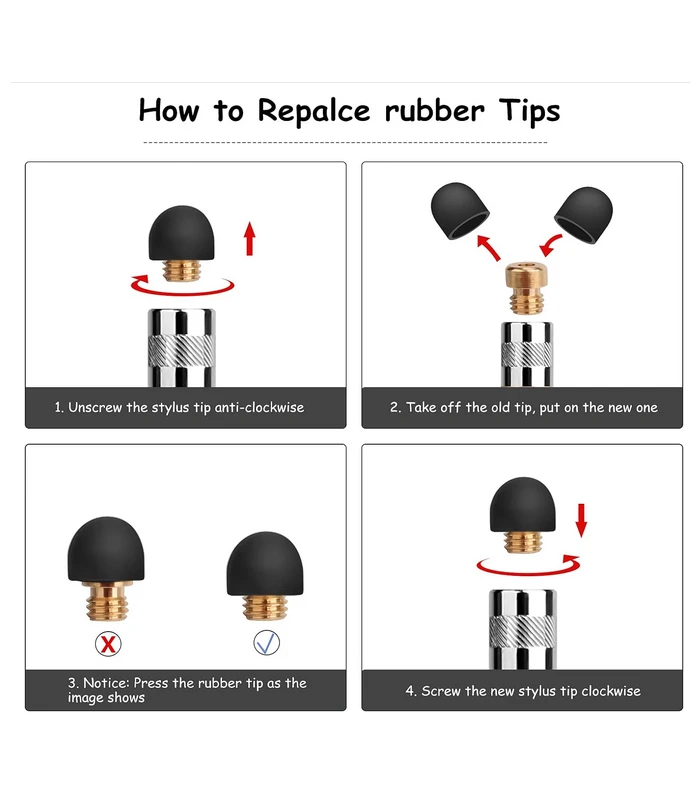
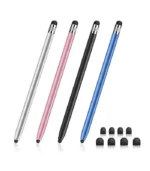
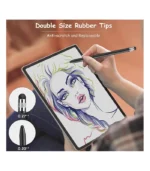

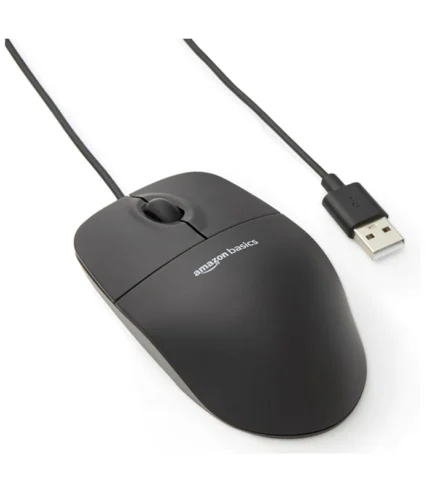

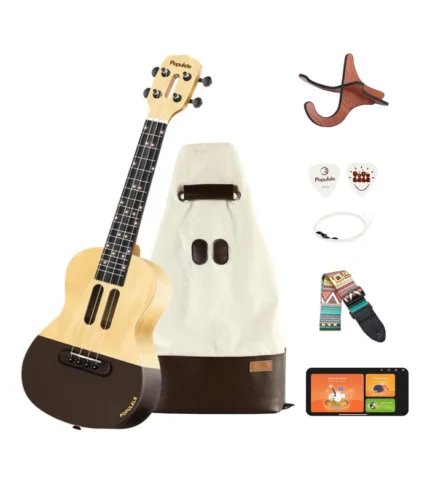
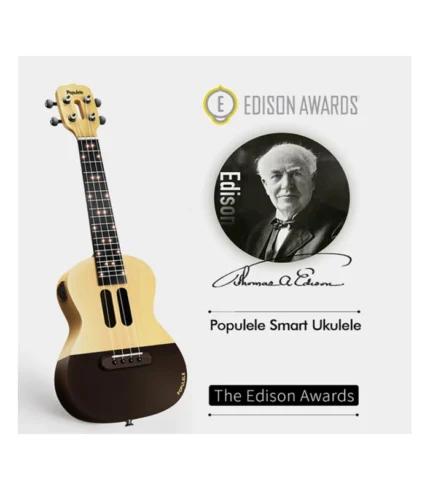
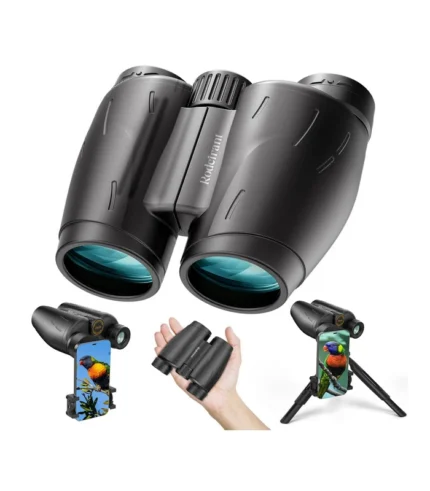

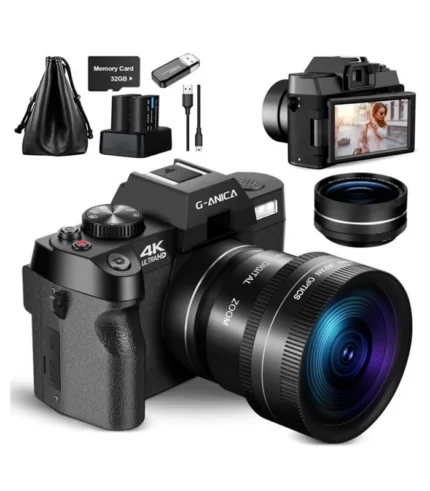
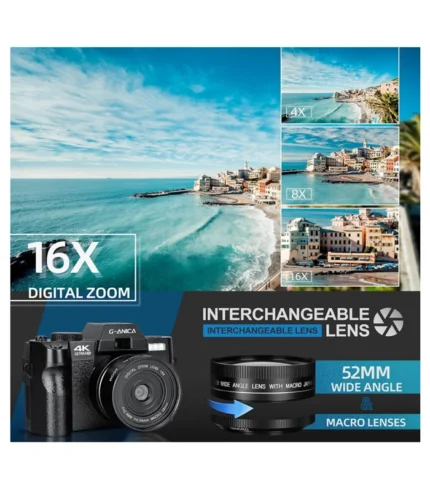
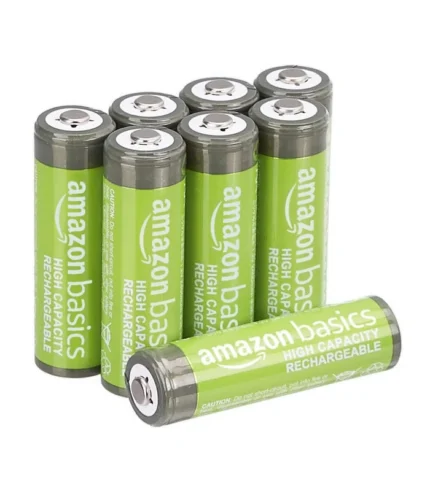
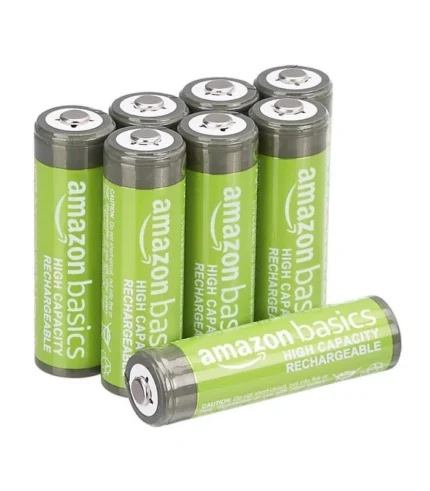
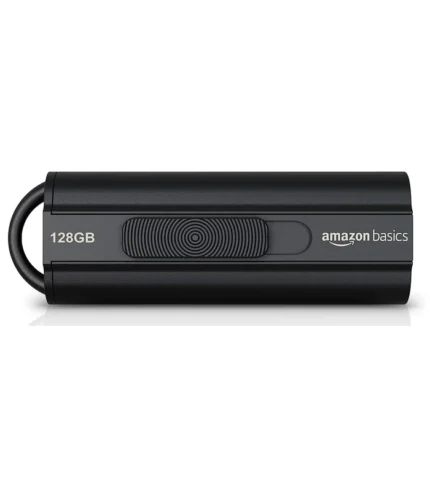
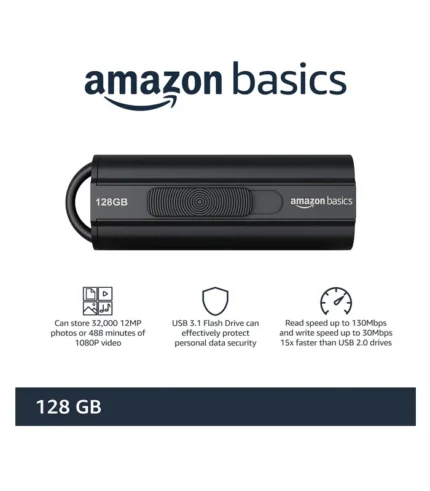
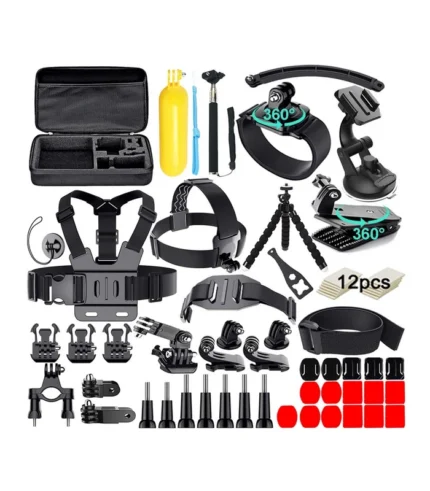
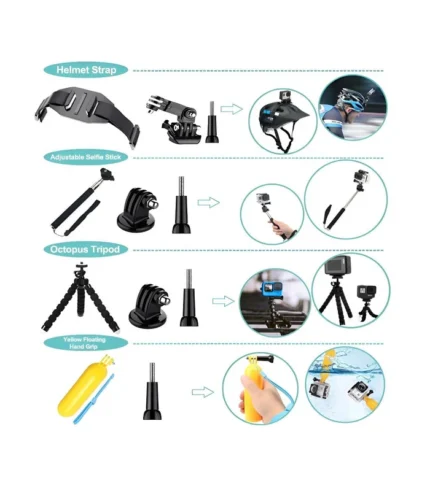
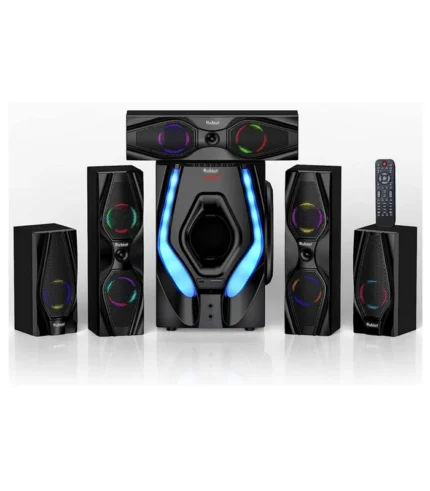


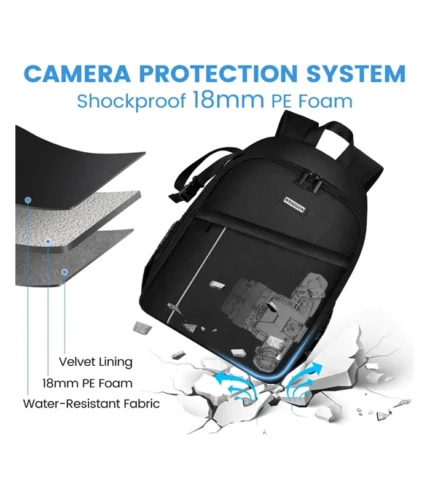
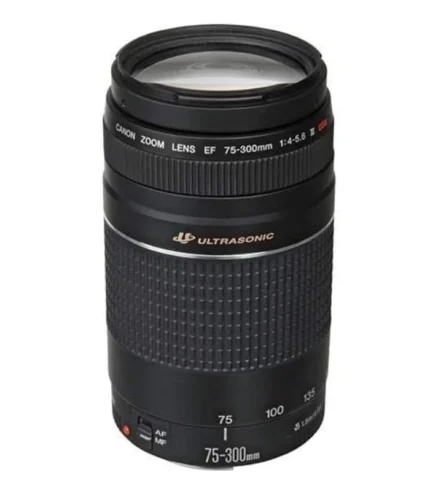

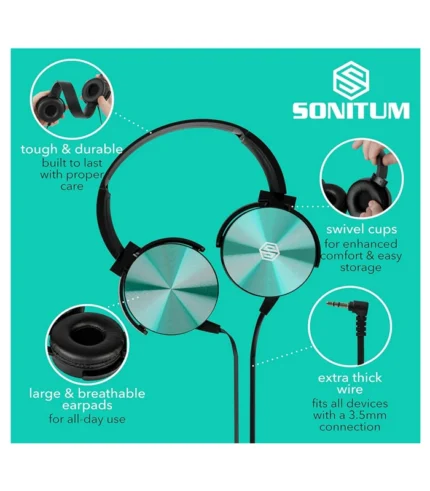

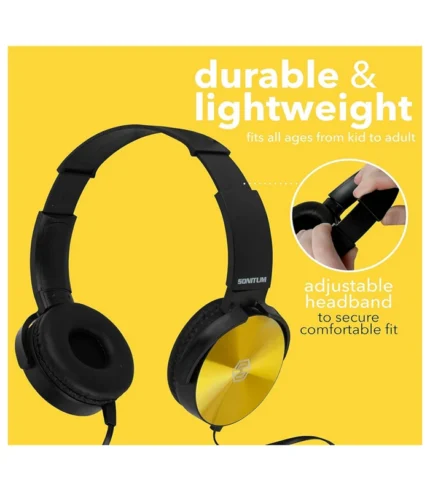


Reviews
There are no reviews yet.